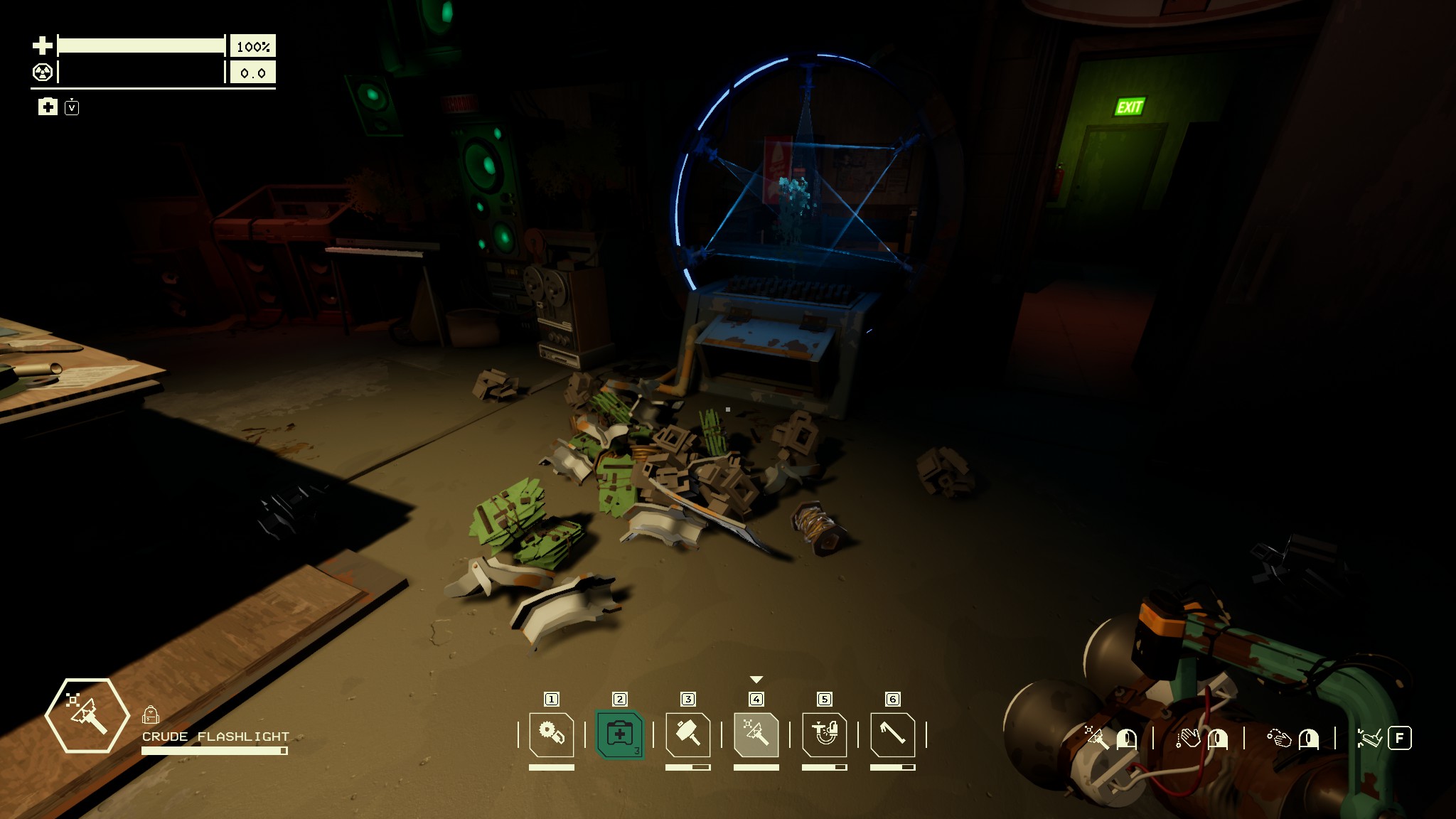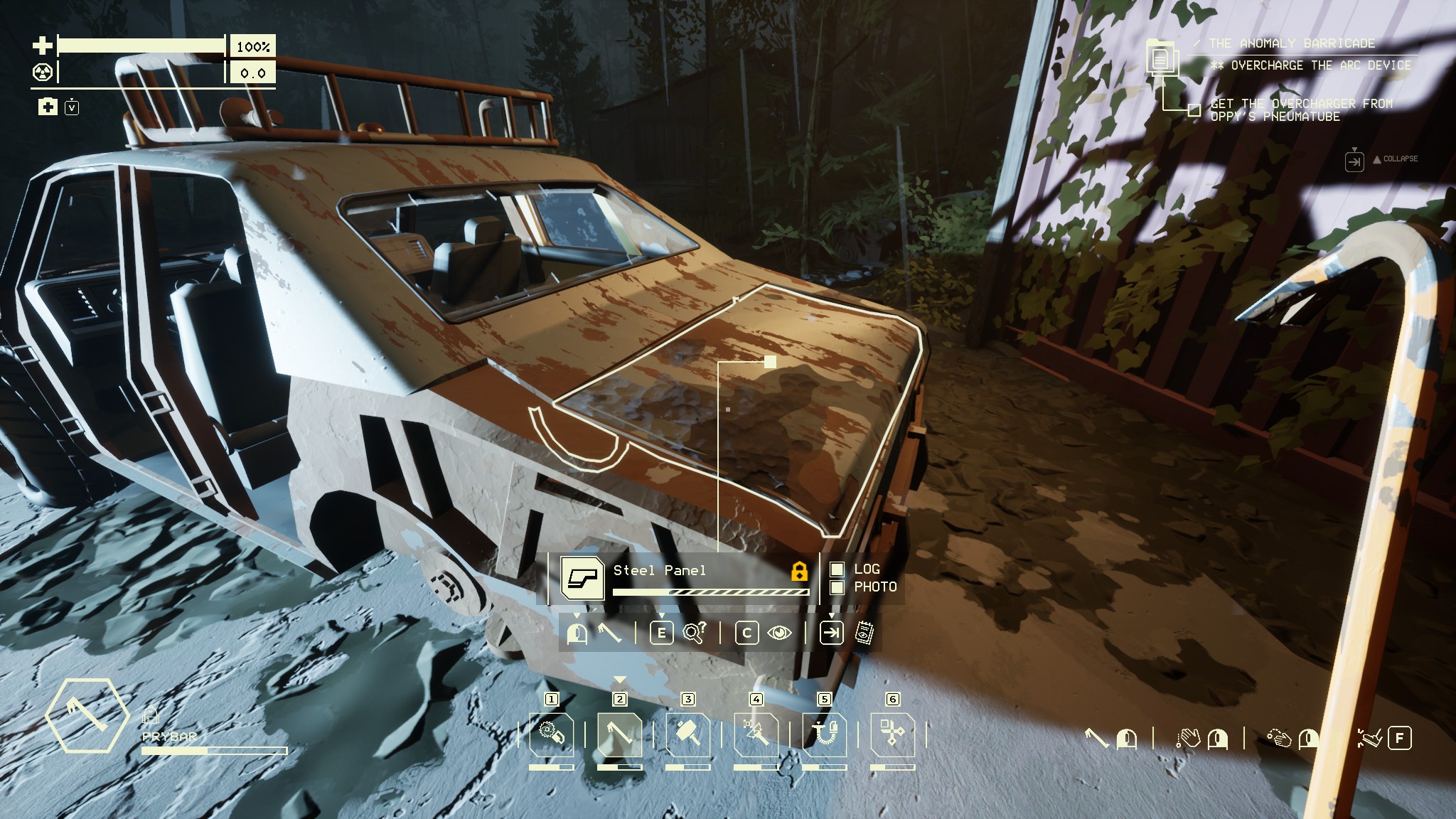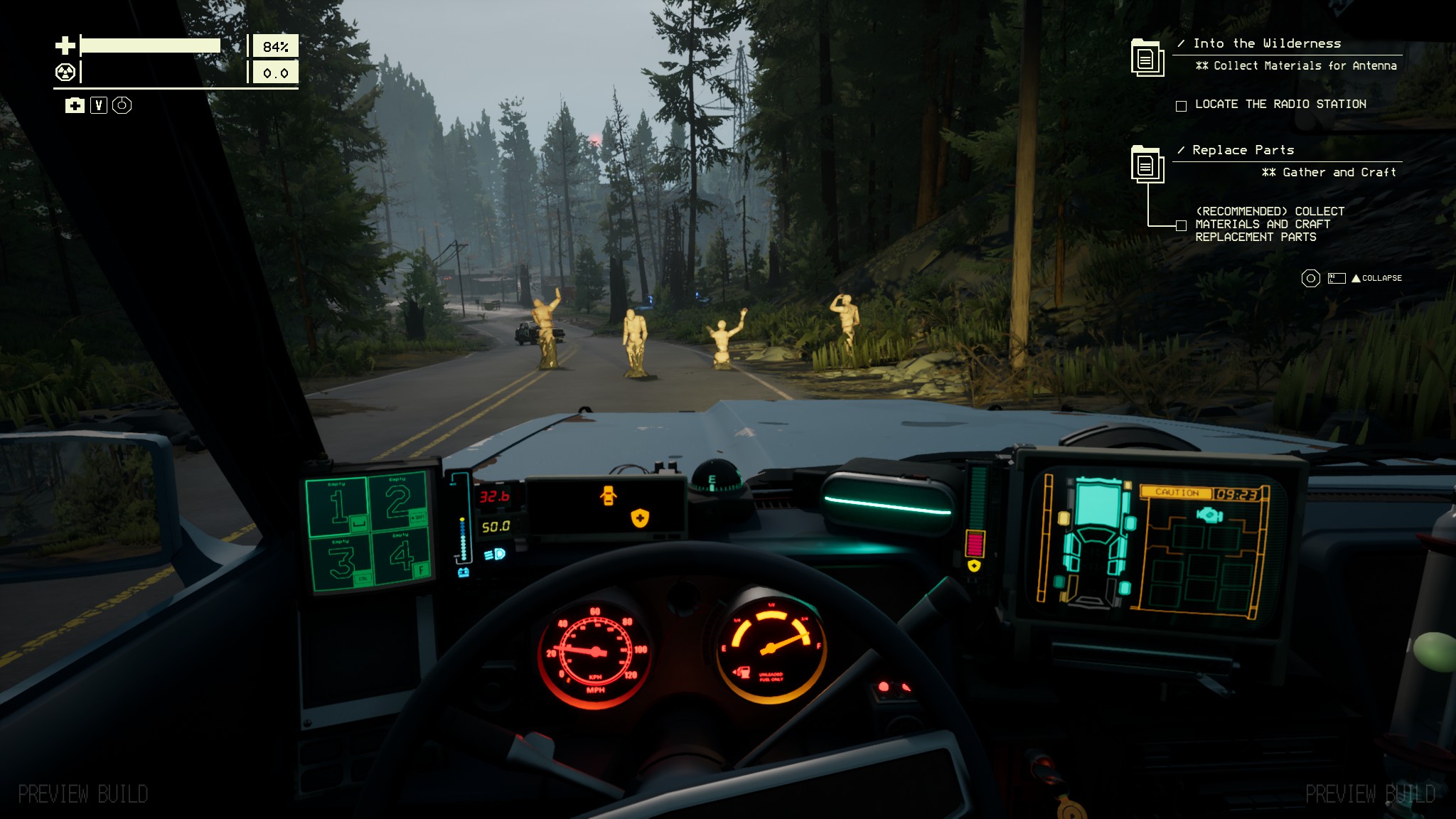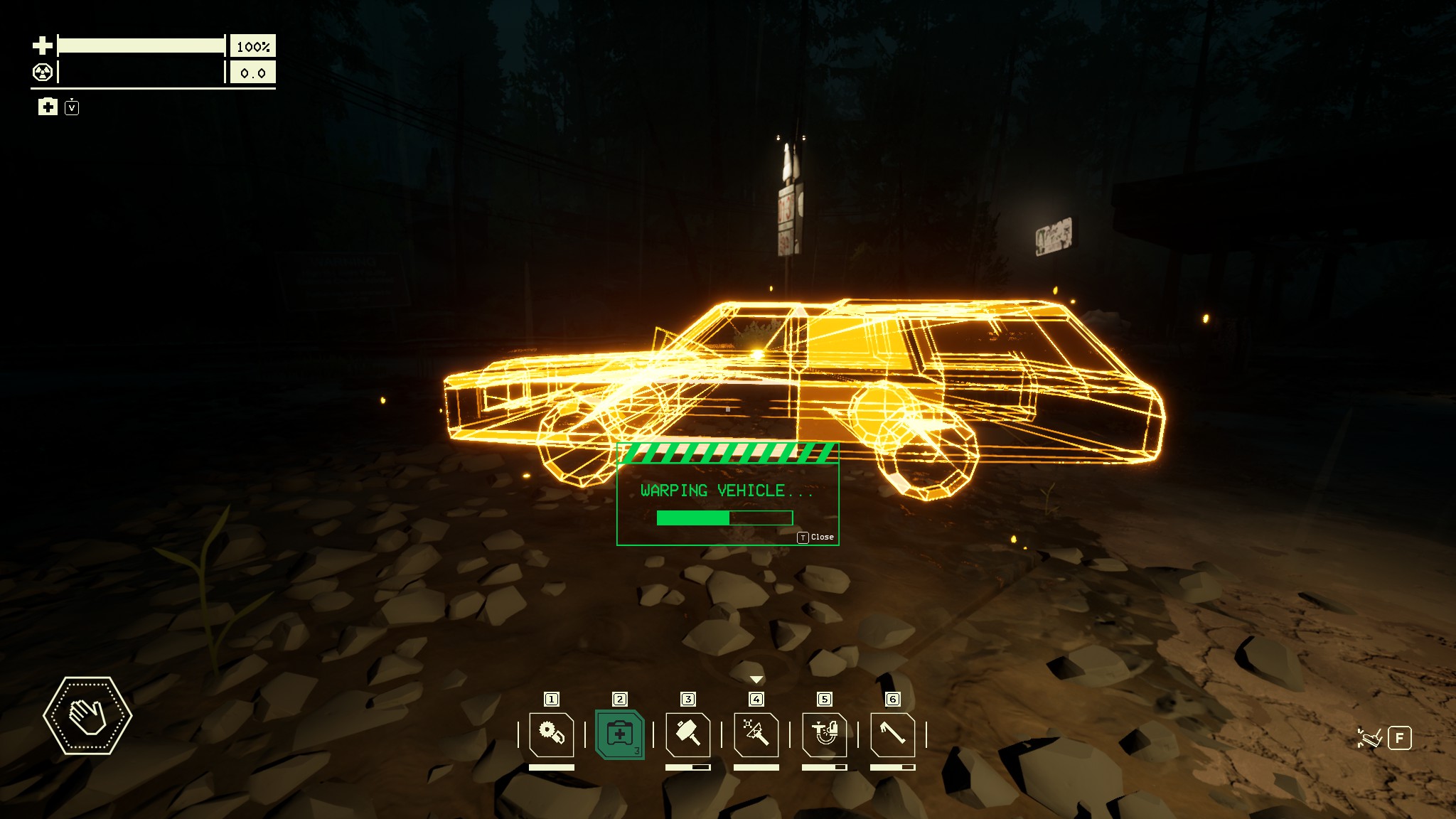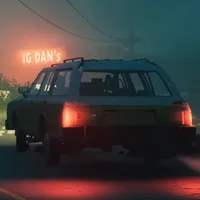10 tips for surviving Pacific Drive's deadly exclusion zone
Before you start your drive, here's a guide on how to survive.
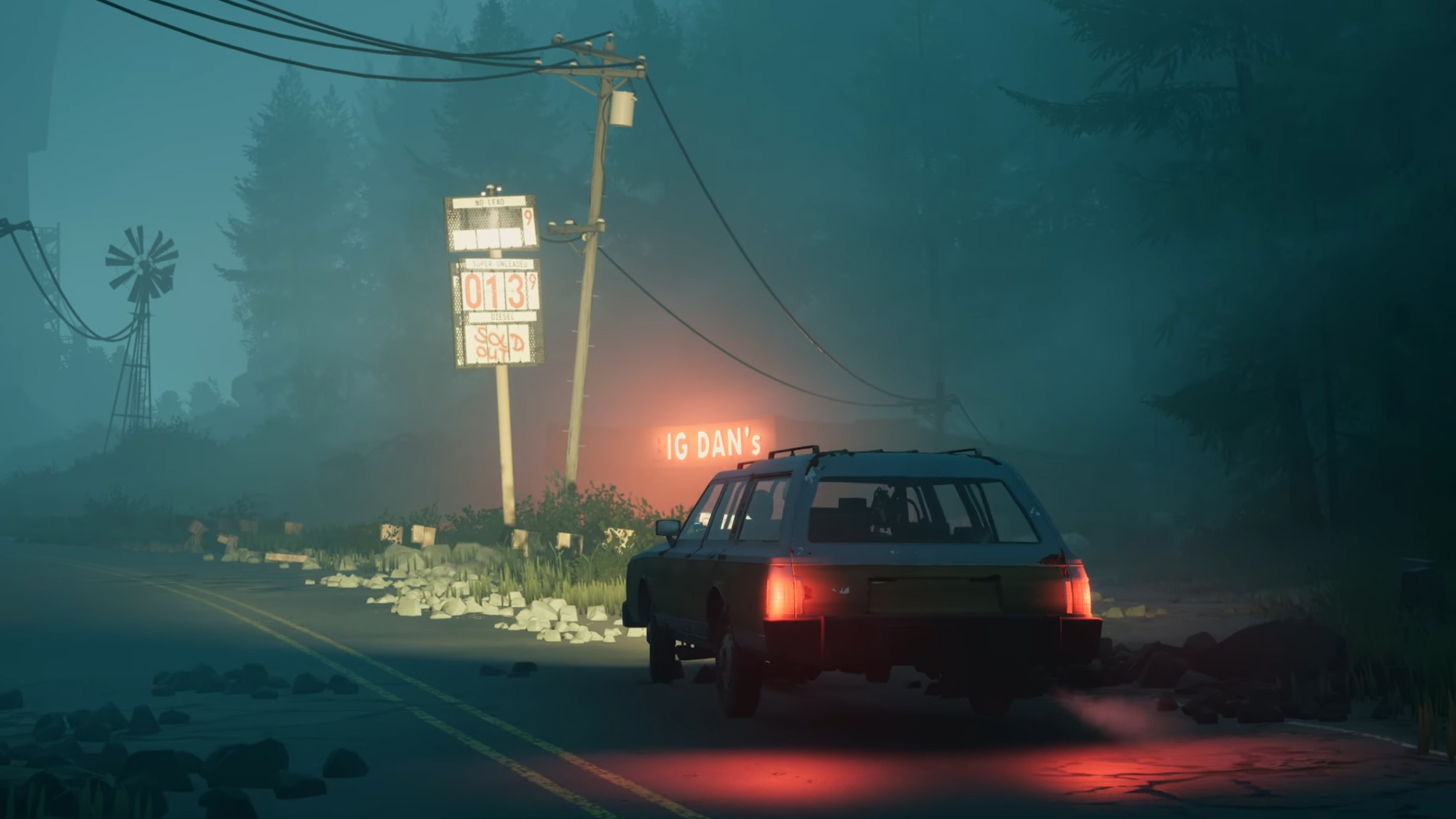
Planning to hit the road in first-person driving survival game Pacific Drive? Speeding through an exclusion zone filled with deadly anomalies is a gas, but it sure isn't easy, and your trusty station wagon will face all sorts of hazards like electrical blasts, acid sprays, radiation damage, and no small amount of explosions. Even more dangerous: you have to get out of your car to loot and scavenge all the stuff needed to fix and upgrade your ride back at the garage.
Along with a good set of tires, a trunk full of tools, and at least one working headlight, you should head out into the zone armed with something extra: a bit of knowledge. Let me lend you the benefit of the 40-plus hours I've spent exploring and surviving in Pacific Drive with a few tips to keep in mind as you start your engine for the first time.
Don't forget you can kick
One of the first things you do at the start of the tutorial is kick a tree branch. Your foot is never mentioned again, and it may be quite a while before you find something else that requires a good swift boot. But don't forget you can kick stuff: it's a good way to free your car if it gets stuck on something (though you'll damage the part of the car you're kicking) and it can also dislodge dust bunnies, burp bunnies, and other nasty anomalies that attach themselves to your car.
Your matter deconstructor won't recycle everything
The matter deconstructor is an essential item in your garage: feed it something like a car door or a spare tire and it'll chew it up and spit out raw components like steel and rubber that you can use for crafting. But it won't recycle everything, and it can be a little confusing to feed it something and get nothing back. Items like tools or car parts belched up by the friendly dumpster outside, for example, will simply vanish when consumed by the deconstructor, and heavily degraded items may not refund any resources because they're simply too far gone.
An electrician's kit is for more than repairs
As you explore the zone and return to your garage, you'll discover the need for several kinds of repair kits: the mechanic's kit for a busted engine or loose wheel, the sealing kit for fixing flat tires and mending cracked windshields, and an electrician's kit for a disabled battery or malfunctioning headlight. But it's a good idea to have a spare electrician's kit or two when you're out looting in the zone because it can be used for another important activity: opening sealed doors. The majority of doors are locked with a chain and padlock you can peel open with your prybar, but some metal doors have been sealed off with an electronic keypad. If you have an electrician's kit with you, you'll be able to open them.
You're not Gordon Freeman: Use the prybar for prying, not smashing
Over the past 30 years we've learned that when you have a crowbar in your hand you can use it to smash something into splinters. And you can break things with your crowbar in Pacific Drive, but each whack will not only chip away at an item's health but quickly and heavily degrade the prybar itself. Use your prybar for prying only: jimmying open locked doors and prying open car trunks. To destroy something, use your scrapper tool instead.
Always check the friendly dumpster
The dumpster outside the garage is a great source of junk: it'll regularly belch up scrap metal, plastic, rubber, and sometimes even items like plasma. But it's also suspiciously good at knowing what you really need after a dire trip into the zone, so before you craft anything for your car make sure you check the dumpster first. If both of your headlights have been destroyed, it'll almost always give you a new one. After one particularly brutal trip it burped up four armored doors to replace the ones I'd lost. Thanks, pal.
Keep up to date with the most important stories and the best deals, as picked by the PC Gamer team.
Scan anomalies: all of them
It's scary to get out of your car and stare at a spiky buzzaw chewing up the ground as it speeds toward you, ghoulish mannequins popping out of the ground, and tentacled monstrosities hovering in the gloom. But stare at them you must. Using your scanner (the C key) for a few seconds will identify anomalies and add them to your logbook, which is important for two reasons. You might get a clue about how to protect yourself from them, but more importantly, a few anomalies need to be scanned in order to unlock certain crafting recipes at your fabrication station. The last thing you want to do is go back out into the zone specifically looking for some monstrosity because you didn't scan it the first time you encountered it.
Use all the vacuums
As you're puttering around in your garage fixing up your wagon and crafting new components, you're bound to lose track of a few things. Some chemicals here. A crystal there. You might even leave an entire bumper or tire lying on the ground. After a session of scrapping and crafting in your garage, be sure to activate the big auto-vac: it'll suck up any item you left lying around the garage, even items outside the garage, and in a game so resource heavy you never want to lose track of anything.
And speaking of vacuums, craft and carry the hand-vac on every run. When you're scrapping stuff in the zone, you don't want to spend the time it takes tapping the E key to pick up each resource one by one. The hand-vac slurps everything up at once, saving you precious seconds and making sure nothing gets left behind.
Holding T can teleport your car
You'll discover this the first time you flip your car upside down: while standing outside your car (and close to it) you can hold the T key to teleport it to the spot you're looking at. But it took me a while to realize you can teleport your car a short distance whenever you want, not just when it's been flipped over. It's useful if you're wedged with two wheels over a guard rail or jammed against some other obstruction. Be warned, however: it'll heavily drain your car battery.
Not every anomaly is bad
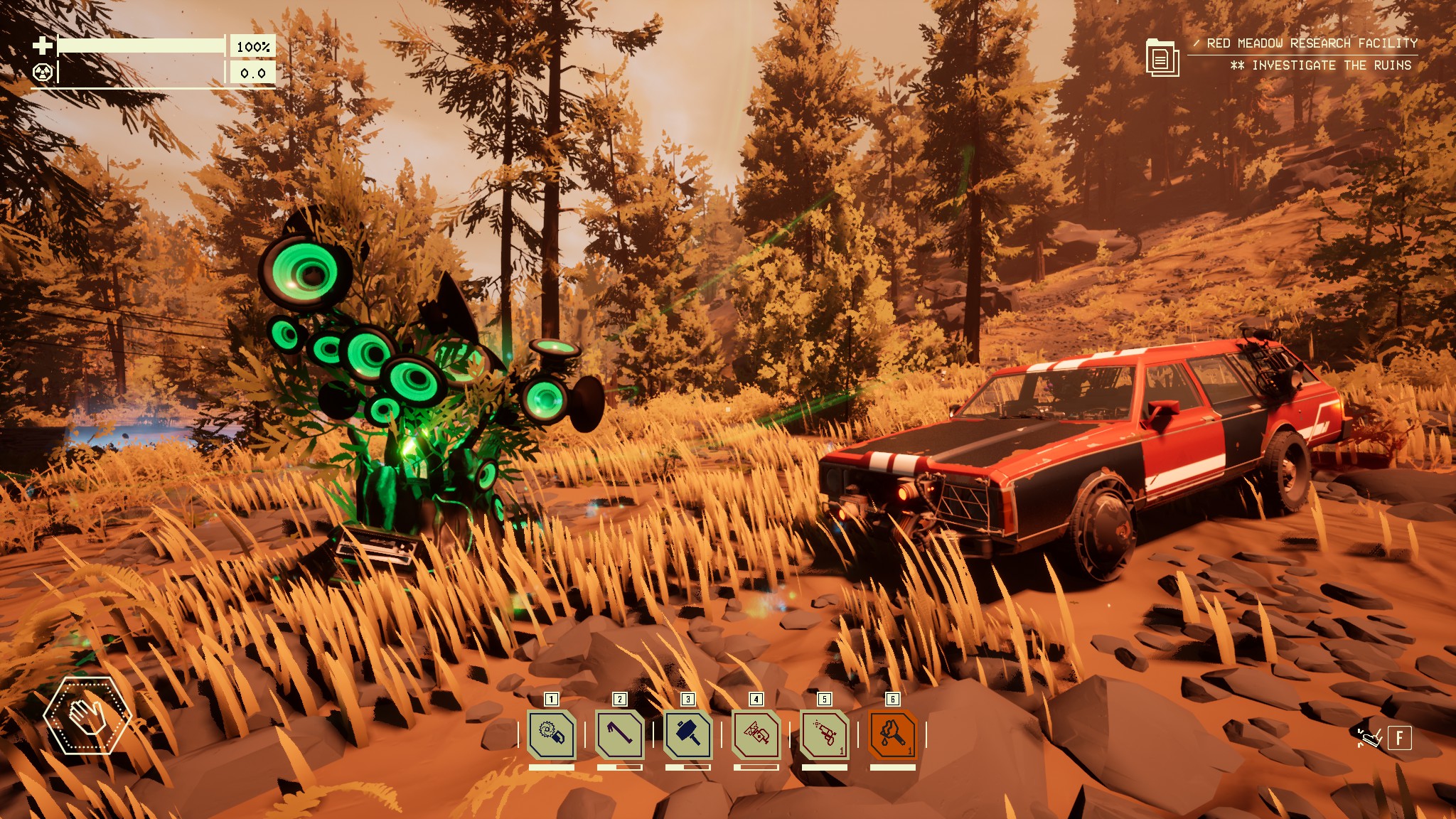
Just nearly every anomaly is bad. While you're driving around keep an eye peeled for a welcoming green glow in the woods: it might be an anomaly called a beating heart. When you park next to this weird… plant? It might be a plant. Anyway, pull up close and it'll reach out with soothing green tendrils to heal damage done to your wagon. Ahh. Thanks, you abomination of nature!
Yes, you can close the trunk on your head, and yes, it hurts
View post on imgur.com"
Stand back a bit when closing your trunk because your head might get in the way. It'll only take you down a point of health with each bonk, but if you're already low on HP there's no need to make things worse. Kind of a funny way to die, though, isn't it?
Pacific Drive tips: 10 useful things to know
Pacific Drive ThermoSap Crystals: Where to find them
Pacific Drive Dumpster Pearls: How to open them
Pacific Drive Lead Platelets: Where to locate them
Pacific Drive Unstable Energy: How to get it

Chris started playing PC games in the 1980s, started writing about them in the early 2000s, and (finally) started getting paid to write about them in the late 2000s. Following a few years as a regular freelancer, PC Gamer hired him in 2014, probably so he'd stop emailing them asking for more work. Chris has a love-hate relationship with survival games and an unhealthy fascination with the inner lives of NPCs. He's also a fan of offbeat simulation games, mods, and ignoring storylines in RPGs so he can make up his own.
